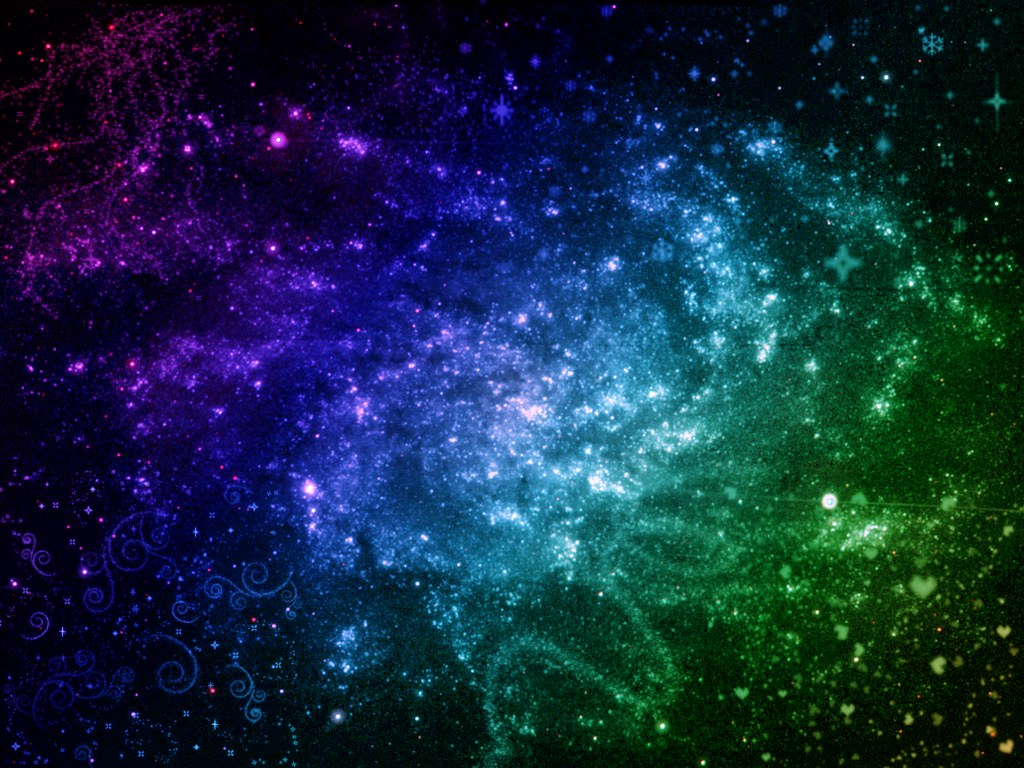The invisible magic Atmosphere of Galaxies (CGM & IGM)
The Invisible magic Atmospheres of Galaxies {CGM and IGM}.
The universe appears to be about 13.8 billion years old!!
The universe is everything. It includes all of space,all the matter, & energy that space contains.
Includes time itself and, of course, it includes you!
Of corse other planets and their many dozens of moons, plus asteroids and comets!!!
The Sun is one among hundreds of billions of stars in the Milky Way galaxy.
The Milky Way is billions of galaxies in the observable universe including our own, are thought to have supermassive black holes at their centers. All the stars in all the galaxies and all the other stuff that astronomers try to observe are all part of the universe.It is simply everything.
The physics of gas flows around galaxies at cosmic noon!
Galaxies are dynamic, evolving objects consisting of stars, gas, and dark matter, and are as diverse as the people on this planet. In order to understand why galaxies look the way they do and why some die while others thrive, it is important to understand the environment in which they live.
To the point : Circumgalactic and Intergalactic Medium.we’re investigating the gas reservoirs around galaxies that form new stars.
So that’s how galactic atmospheres (referred to as the circumgalactic medium) are key to understanding galaxy evolution, and perhaps, our own existence in the Milky Way. I will highlight recent observations taken with the Hubble Space Telescope, that challenge existing theoretical models!
The evolution of galaxies is linked to the gas surrounding them, known as the circumgalactic medium (CGM).The CGM is a massive multiphase gas reservoir that resides within the virial radius of their galaxies.
Scientistes predict that CGM flows into galaxies along filaments from the InterGalactic Medium (IGM)creative fuel to form new stars. Stars lose mass and many stars explode as supernovae and gas is ejected, feeding back into the CGM/IGM.
This feeding Back loop continuously shapes a galaxy’s 1.morphology, 2.growth 3.chemical make-up.
Due to the nature of the CGM and IGM, the gas cannot be observed using current techniques.The CGM/IGM is only detected in spectra of bright background objects, such as pulsars, fast radio bursts, quasars, and galaxies, & ionisation state of gas surrounding galaxies.
Astronomers now use The NEW telescope and a range of cosmological simulations to interpret our observations of the CGM and IGM.
The nebula W51 is one of the largest “star factories” in the Milky Way galaxy. “Star factories” like this one can operate for millions of years. The cavernous red region on the right side of W51 is older, evident in the way it has already been carved out by winds of billion years of massive stars.The dust and gas in the region are creating many supernovas. On W51 younger left side, many stars are just beginning to clear away the gas & dust
Also, the Webb & Hubble telescope started gathering data,it turned out that the rate of expansion was quicker than models had predicted!!What about this ???
I want to close with this : Humans say “out in space” as it’s there another space and we’re here, like Earth is separate from the rest of the universe! Lol! In reality we are in space right now and this is eternal. All is connected & all is one from always!
With Much cosmic love: Despina Andromeda Mirou Page










